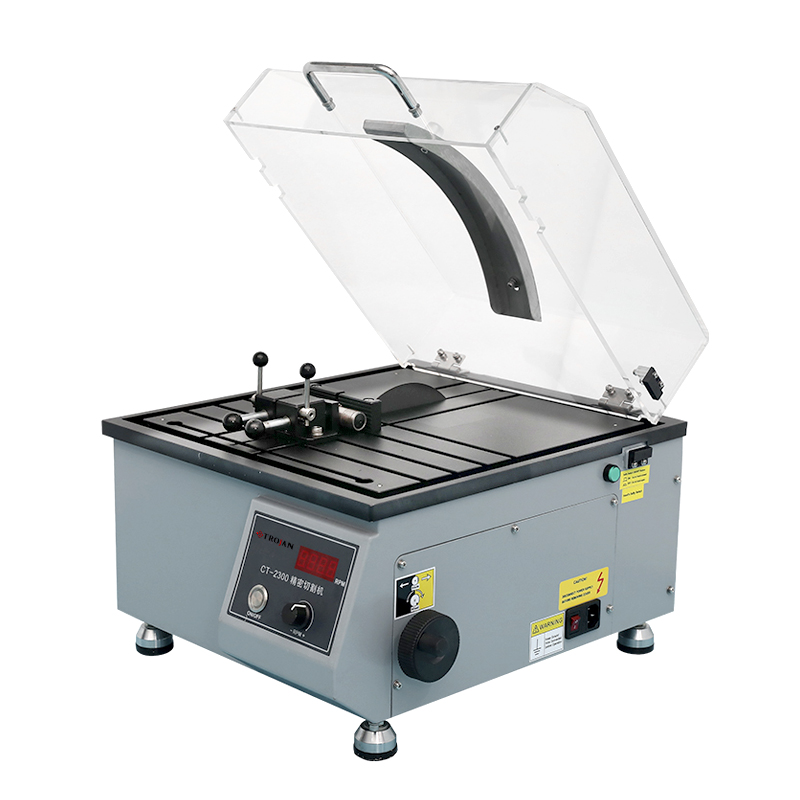How to use metallographic inlay material CM1:
1. Remove the oil stain of the mosaic sample and fix it in the mold;
2. Take a plastic cup and a glass rod, first pour the curing agent into the plastic cup, then add 1.4 times the weight of rubber powder to it, stir with a glass rod, mix into a slurry, and pour it into the prepared In the mold, let it stand for about 5-10min to cure the glue;
3. Take out the solidified slices from the mold, grind, polish, etc.

Metallographic mosaic material CM2 features: transparent colorless liquid, extremely high transparency, colorless, low viscosity, moderate exothermicity, fast curing must be used together with a catalyst. In order to make the product crystal clear, it must be polished on a special polishing machine with polishing powder and polishing flannel.
How to use the metallographic mosaic material CM2: The preparation ratio of the metallographic mosaic material CM2-hardener-catalyst is 30:1:1. If you need to accelerate hardening, you can increase the ratio of hardener and catalyst. After adding hardener and catalyst, Turn the measuring cup one by one to let the hardener and the catalyst melt together, don't stir! To avoid artificial bubbles.
Metallographic inlay material CM2 uses: used for high-quality handicrafts, specimens, crystal flowers, millennium bug amber jewelry, artificial amber, used for the production of water-purified cast products, and PWB, PCB, FPC micro-slice production, etc.
Metallographic inlay material CM3 features: excellent transparency; can meet the inlay of inorganic material samples; due to its low heat and low temperature during curing, it can be used for inlaying organic material samples, such as circuit boards, etc.; at the same time, it The excellent mobility makes the holes and gaps in the sample full of resin. When the metallographic inlay material CM3 is used in conjunction with a vacuum inlay machine, the inlay material will completely fill the micro-holes and very fine gaps in the sample.

 中文简体
中文简体 英语
英语 西班牙语
西班牙语 德语
德语



.jpg?imageView2/2/w/400/format/jpg/q/75)













